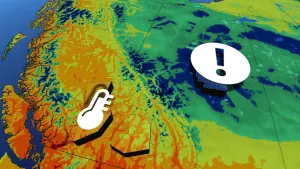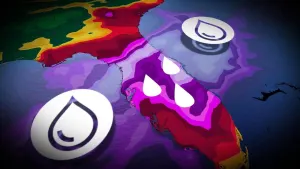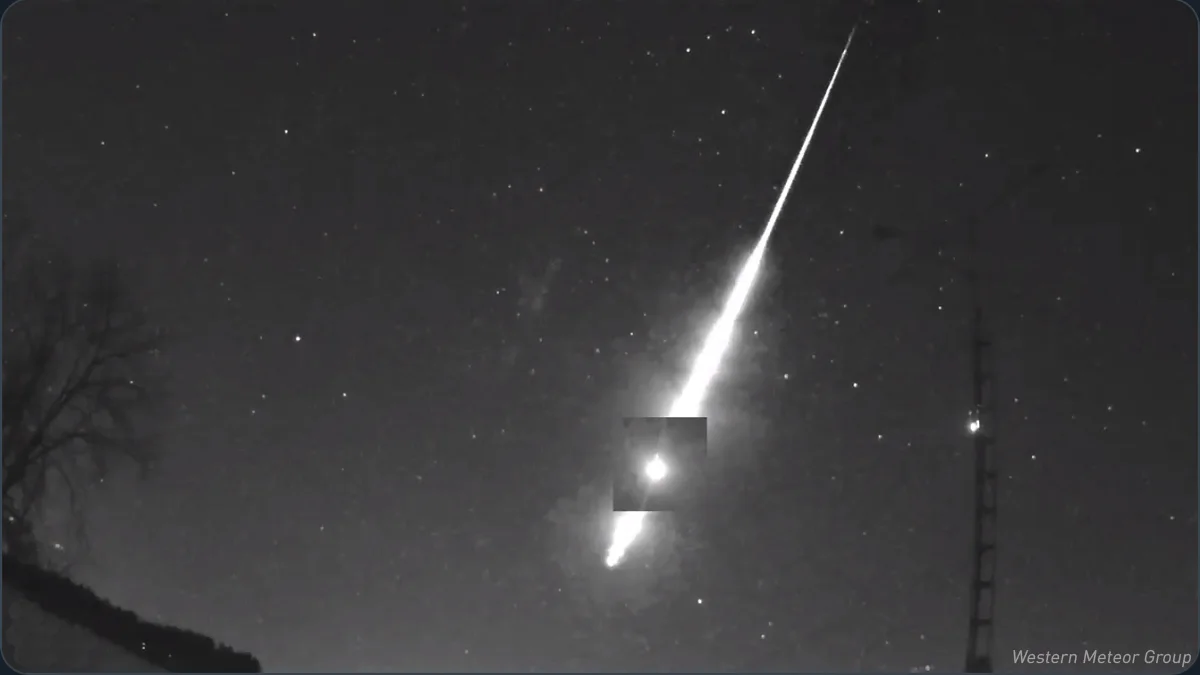
Bright meteor over southern Ontario traced back to the asteroid belt
Did you see this fireball?
At just before 9 p.m., on the night of Tuesday, January 21, 2020, southern Ontario had an unexpected visitor - a hunk of rock from space that blazed through the sky as a meteor fireball.
The meteor, which flashed overhead just to the north of Goderich, ON, was spotted from hundreds of kilometres around. The American Meteor Society received over 30 reports from various locations around southern Ontario and southern Michigan, and as far away as Sheboygan, Wisconsin, Rochester, New York, and Columbus, Ohio.
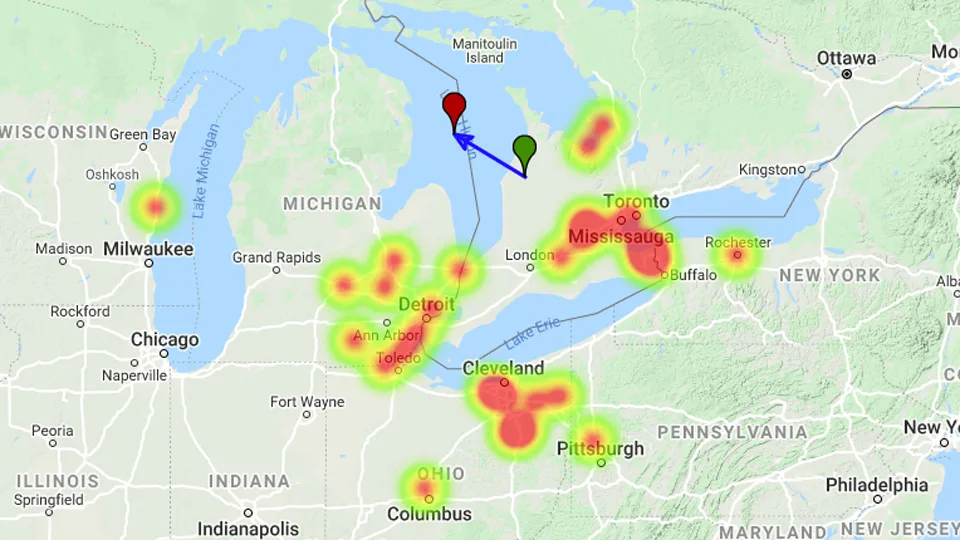
This map shows the concentration of reports for this meteor fireball, as well as the likely start, end and trajectory of its passage through the atmosphere. Credit: American Meteor Society
According to Dr. Peter Brown, from the University of Western Ontario's Meteor Group, the meteoroid that caused this fireball was likely the size of a softball, so perhaps 10 centimetres wide, with a mass of up to 10 kilograms, and it was travelling at around 15 kilometres per second (54,000 km/h).
As Brown posted to Twitter, the fireball flared to life roughly 80 kilometres above the ground, starting about 50 kilometres east of Goderich, and it winked out around 30 kilometres above the ground, somewhere over the waters of Lake Huron, west of Kintail.
From the path it took during its steep plunge through the atmosphere, Brown was able to trace the meteoroid back to its origin in the asteroid belt, beyond Mars.
Given the speed of this meteoroid and the height where the fireball ended, Brown said that small meteorites may have landed from this event. Unfortunately, since the end point of the fireball was over the water, any meteorites that did reach the surface are now likely lying at the bottom of Lake Huron.
Meteors are flashes of light, resulting from the passage of some object from space - a meteoroid - travelling at high speed through the atmosphere. As the meteoroid - whether it's a speck of dust, an ice crystal or a chunk of rock or iron - flies through the air, it compresses the air molecules directly in its path, causing them to heat up until they glow.
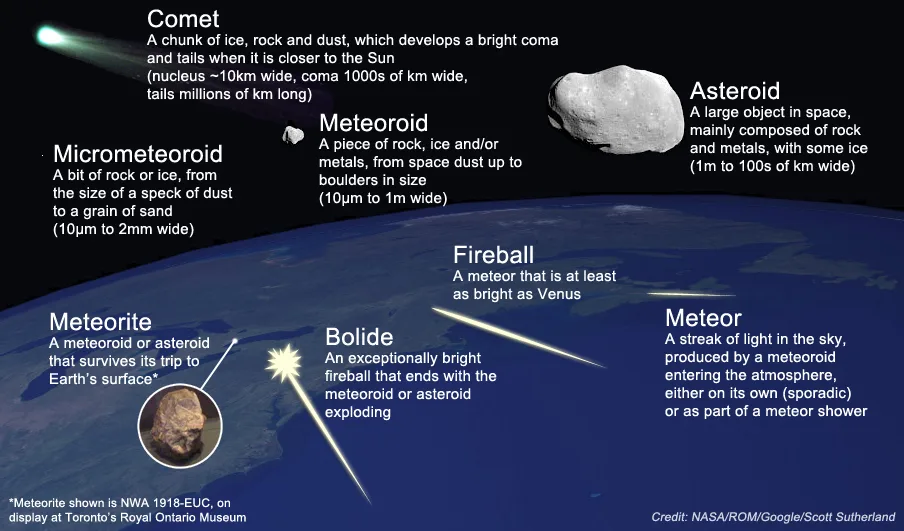
Any meteor flash that is intense enough to rival the brightness of Venus is typically called a fireball. If the fireball includes a sudden, intense flash due to the meteoroid breaking apart, it is often called a bolide.
Although most meteor cameras simply capture in black and white, two cameras that caught the Kintail meteor managed to pick up colours as the meteor flashed overhead.
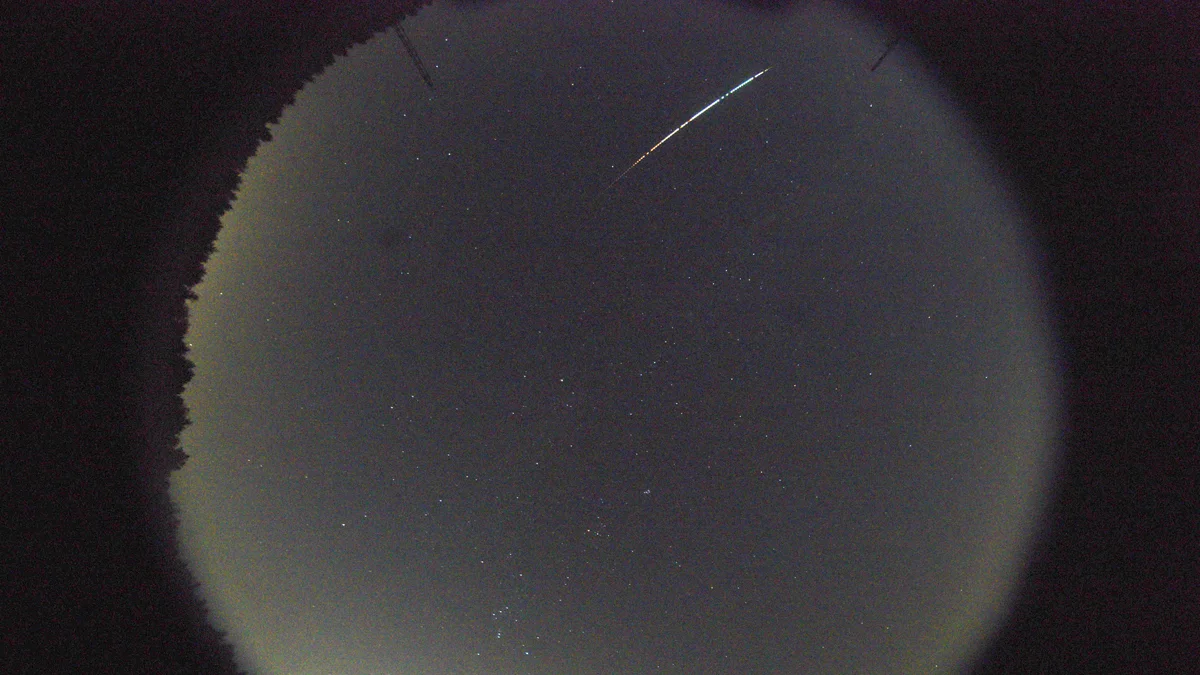
The Kintail meteor fireball, captured by an all-sky meteor camera at Elginfield Observatory, to the southeast of the meteor's trajectory, on January 21, 2020. North is roughly towards the top of the image. Credit: Western Meteor Group
As shown above, the meteor camera at Elginfield Observatory caught the meteor flashing from red to white to blue and back to red.
According to Brown, it is possible to tell something about the composition of a meteoroid based on the colour of the meteor flash it produces. However, the meteor colour can also be influenced by the flow of air around the meteoroid, the speed at which it was travelling, and even how the meteoroid broke apart. So, without actually recovering pieces of it, or having a detailed spectrum from the light to examine, there's no telling exactly what is causing the colours.
Did you see this fireball? Submit a report to the American Meteor Society.
Source: Peter Brown/Twitter | American Meteor Society








